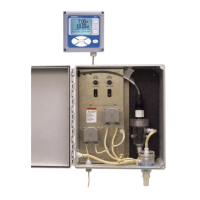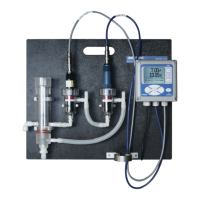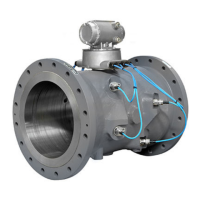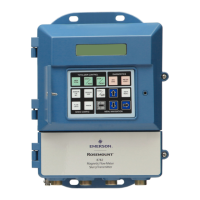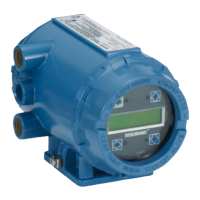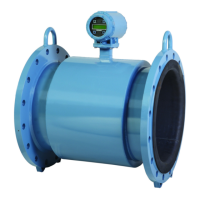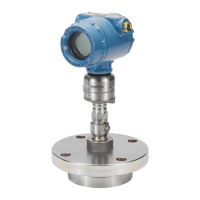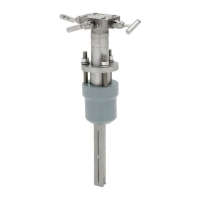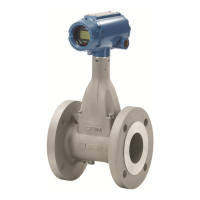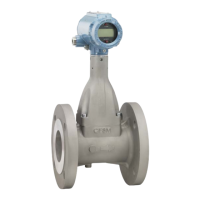5-3
Table 5-2. Analog Output:
NAMUR-Compliant Alarm Values vs.
Saturation Values.
NOTE
You can alter the actual flowmeter mA output values from the values
listed above by performing an analog output trim (see page 5-20).
NOTE
When a flowmeter is in an alarm condition, the hand-held HART
communicator indicates the analog output the flowmeter would drive if
the alarm condition did not exist.
Alarm and Saturation Values for Flowmeters
Set to Burst Mode
Saturation and alarm conditions operate differently when a flowmeter
is set to burst mode operation:
Alarm Condition (Hi or Lo):
1. Analog output switches to alarm level (see Table 5-1).
2. Primary variable (flow pressure) is burst with a status bit set.
3. Percent of range follows primary variable (flow pressure).
4. Secondary variable (DP pressure) and Tertiary variable
(temperature) are burst with a status bit set.
(Note that during alarm conditions, the burst primary variable,
secondary variable, or percent of range, or temperature may not be
valid depending on the error type – refer to the HART protocol for
details.)
Saturation:
1. Analog output switches to saturation level (see Table 5-1).
2. Primary variable (flow pressure) is burst normally.
3. Secondary variable (D.P. pressure) and tertiary variable
(temperature) are burst normally.
High 20.8 mA
21.75 mA
Level 4–20 mA Saturation Value 4–20 mA Alarm Value
Level 4–20 mA Saturation Value 4–20 mA Alarm Value
Low 3.8 mA
3.6 mA
High 20.5 mA
22.5 mA
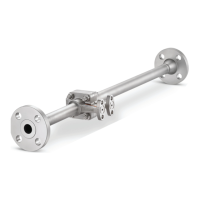
